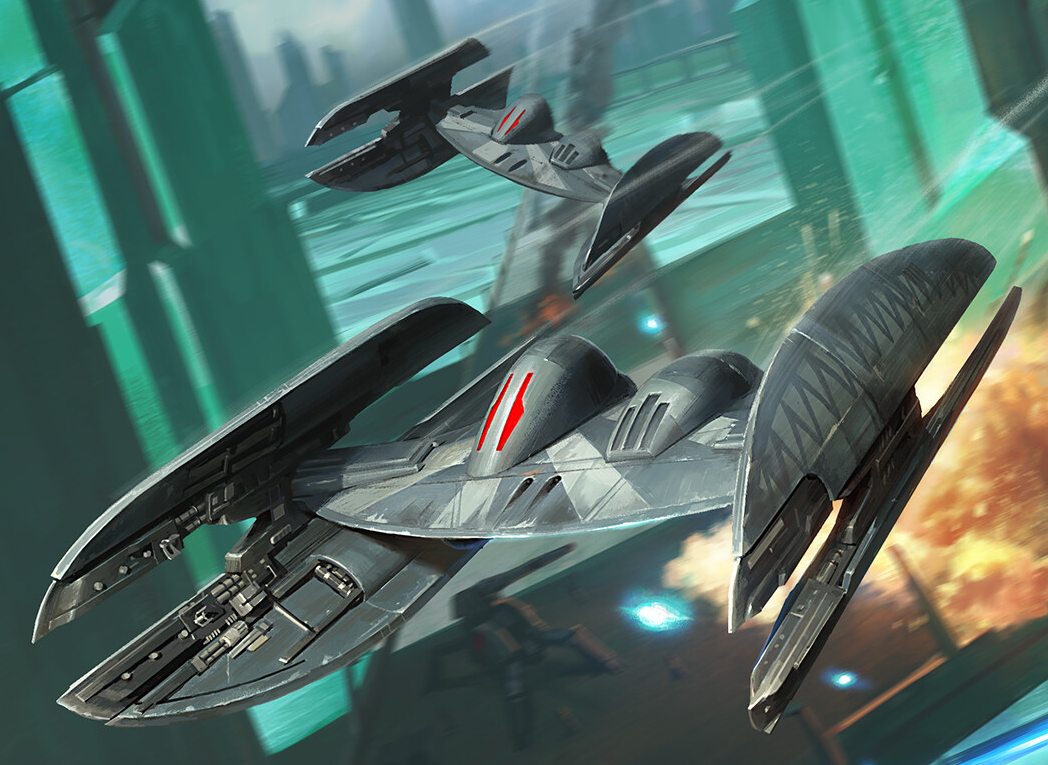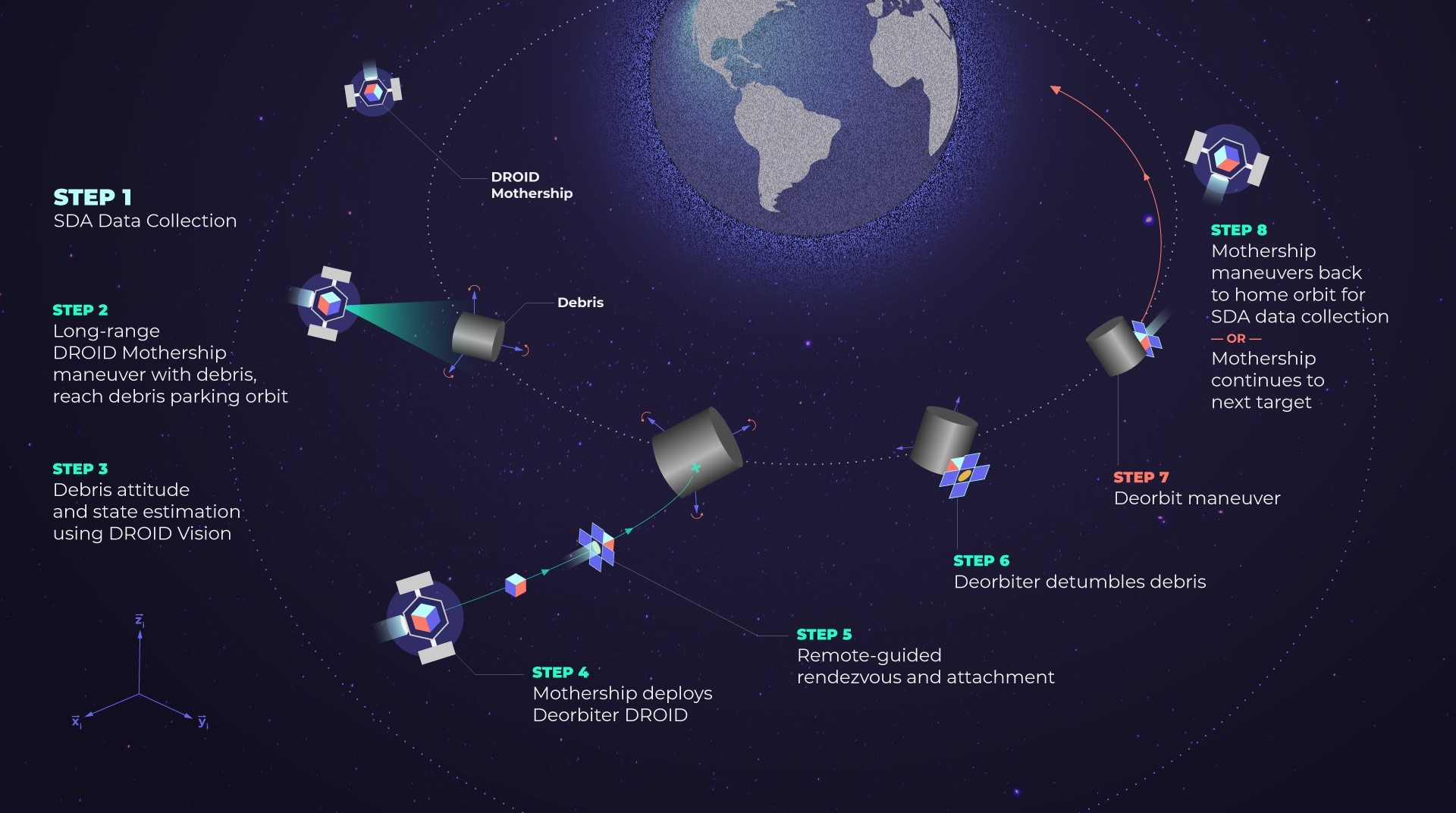Get ready to unlock your students’ imaginations and storytelling abilities through the magical world of pixilation animation! This unique technique allows kids to become the animators, actors, and directors all in one, breathing life into their creative visions.
Pixilation is the art of capturing stop-motion animated movements one frame at a time, with the subject slightly changing pose or position for each frame. When all the frames are played together, it creates a delightfully quirky animated sequence.
Not only is pixilation incredibly fun and engaging for kids, but it also offers numerous learning benefits. From developing problem-solving and planning skills, to introducing core animation concepts, to encouraging teamwork and communication, this activity has it all. Best of all, it requires very little equipment – just a camera, simple props or backgrounds, and an open imagination.
Pixilation transforms students into living stop-motion puppets.
In this activity, your students will embark on their own pixilation journey. They’ll brainstorm imaginative story ideas, plan out movements, and then bring their visions to life by meticulously capturing frame-by-frame animations. The process allows endless creative possibilities while building valuable skills.
So let’s get those creative gears turning. Your students are about to become pixilation pros and the next generation of stop-motion animators. Get ready to be amazed by their ingenuity brought to life, one frame at a time.
Reasons for Pixilations
Pixilation is a cool animation technique where kids create a fun and quirky animation where they are the stars.
Here’s why pixilation is a win for your classroom:
-
Boosts Creativity & Storytelling: Kids can dream up funny stories, adventures, or even act out scenes from their favorite books – all brought to life with their own movements.
-
Sharpens Problem-Solving Skills: Planning their moves, breaking them down into pictures, and overcoming filming challenges helps kids think critically and solve problems.
-
Encourages Teamwork: Working together on storylines, filming, and acting helps kids build communication and collaboration skills.
-
Makes Learning Fun: Pixilation is a hands-on activity that keeps kids engaged and excited while they create something totally unique.
Activity
To introduce it in your classroom, start by explaining the basic idea: pixilation uses pictures taken one at a time with tiny movements in between, creating the illusion of animation when played back quickly. Show your students a series of pictures like this in action, then flip through them rapidly to demonstrate the magic. Finally, consider including a short pixilation introduction video in your lesson slideshow. By following these steps, you’ll give your students a clear understanding of how pixilation works and get them ready to jump right in and create their own quirky animated adventures.
Here are some common pixilation techniques you can teach your students to make their animations even more exciting. By using these techniques, your students can explore their creativity and make their pixilation projects even more captivating. Encourage them to experiment and have fun with these animation tricks.
-
Flying: It’s all about timing. Have your students jump and capture the picture while they are in mid-air. When you play the sequence, it will look like they are flying.
-
Sliding: This is easier than flying and can be done in many creative ways. Kids can slide on benches, while sitting down, or even on chairs. Encourage them to experiment with different sliding movements.
-
Instant costume change: This adds a fun twist to animations. Keep a few costumes handy—simple ones like hats are great. If you have a drama class or club, borrow some costumes from them. Kids can switch costumes between frames to create a dynamic and entertaining animation.
-
Vanishing: For a magical vanishing act, take pictures of an object or person, then jump to a shot without them. This simple trick makes it look like they’ve disappeared in the blink of an eye.
-
Driving: Let your students mimic driving poses one picture at a time. When the frames are played in sequence, it will appear as if they are taking a magical invisible car ride.
-
Transforming: Transforming objects is a fun surprise in stop-motion. Film an object normally, then switch to a shot of the transformed object. This creates a magical switch that will amaze viewers.
To help your kids get ready to master pixilation, get their creative juices flowing with a brainstorming session. Will their characters fly, slide, or transform? Encourage quirky ideas. Next, assign roles: director, photographer, and actors. This ensures everyone is involved. Gather props – hats, scarves for a costume change or maybe a broom for flying. Finally, kids should rehearse each technique – jumping for flight, costume changes, or making objects vanish. This practice helps students understand the timing needed for smooth animation. Remember, the most important ingredient? Fun! Encourage silliness and creativity – the more they enjoy the process, the more engaging their final video will be.
Wrapping up the pixilation project is a chance to celebrate creativity and refine skills. Once filming is complete, download the pictures and use an app or video editing program to create the animation. This tutorial will show you how to create stop-motion animation using We-Video.
Class presentations are a great way to show off student work and let them talk about the animation process. Ask questions about challenges or what they’d do differently next time. After reviewing their pixilations we have them redo them. There’s no substitute for seeing the results firsthand. This “do-over” approach often leads to a significant improvement in the second attempt. Remember, celebrate their efforts, encourage practice, and provide inspiring examples – and your class will be creating amazing pixilation videos in no time.







